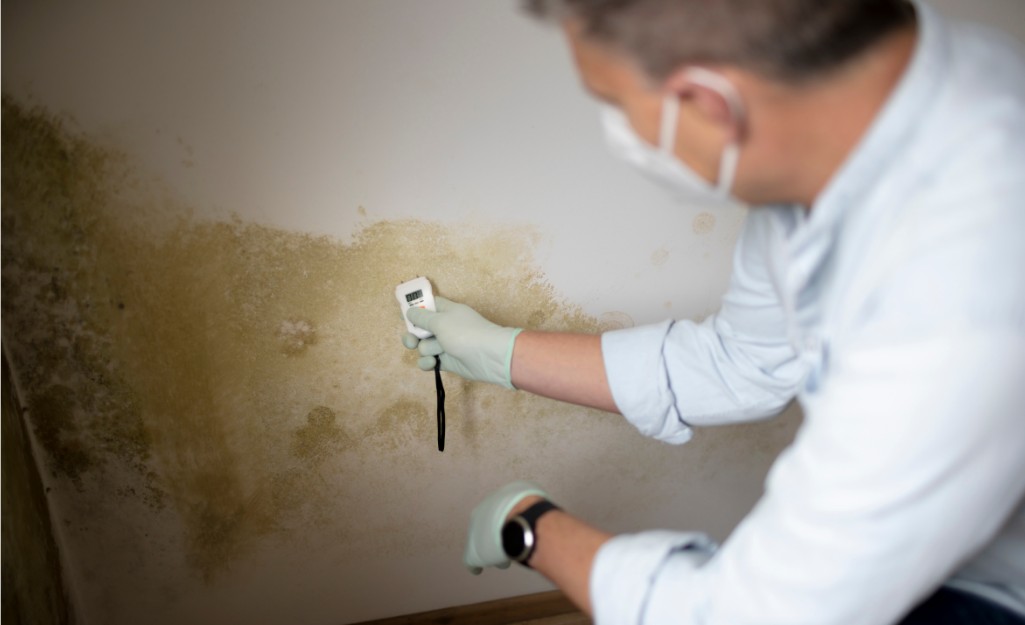Just how do you feel on the subject of Preventing Water Damage in the Bathroom?

The bathroom is extremely vulnerable for wet buildup and also possible water damages because of the regular use of water in it. This short article provides easy inspection techniques to help detecting water damages threats.
The regular use of water in the restroom makes it incredibly vulnerable for moist buildup and also prospective water damage. By examining it regularly, you can reduce water relevant problems.
The complying with collection of examinations is simple to carry out and should be done as soon as in every 3 months in order to keep your bathroom healthy as well as to prevent potential water problems triggered by the bathtub, the shower, pipeline joints as well as plumbing, sinks, cupboards, and the commode
Do not disregard performing these examinations as well as be comprehensive while executing them. Bear in mind that these simple examinations can conserve you a lot of cash by offering early signs for water damage
Sinks and also Cabinets
Sinks as well as cabinets are revealed to wetness and moisture daily and also are typically neglected. Examine regularly under the sink and also on the counter top above it. Fix any drip in the catch as it may recommend drain troubles. Take a look around the sink, slow-moving draining pipes might indicate an obstructed drain. Change sink seals if they are broken or loosened.
Bathtub and also Shower
The shower and bath tub require unique attention as well as maintenance. Inspect the floor tiles as well as change if broken. See to it that there is no missing cement between the ceramic tiles. Inspect as well as change cracked caulking at joints where the wall surfaces meet the floor or the bath tub. Clogged drains pipes and also pipes troubles will avoid the bath tub from drying as well as might indicate severe troubles below the tub. Seek advice from an expert promptly to prevent structural damages. Pay attention to discolorations or soft areas around the tub wall surfaces as they may suggest an inner leak.
Plumbing
Signs for water damage are difficult to identify since a lot of pipelines are mounted inside the walls.
Pay special focus to floor covering and walls wetness and also discolorations as they may indicate an undetectable plumbing trouble. Examine moisture levels in adjoining spaces too.
The Commode
The toilet is a susceptible water junction. Inspect the water lines as well as look for leakages around the commode seat, in the hose, and under the water tank. If you detect any indications of wetness on the flooring around the commode, look for leakages in the toilet edge and also tank seals.
Be aware that hanging toilet bowl deodorants enhances the possibilities for blockages.
Water Damage Signs In The Bathroom To Avoid Cleanup
Musty smell
This is one of the easiest signs to catch because musty smells are so odorous. The damp, earthy, moldy smell should be a big red flag. The smell will develop when moisture gets trapped in surfaces, and begins to facilitate mold growth. Leaking pipes under cabinets, inside walls, and behind shower fixtures will cause moisture to stay trapped and not dry, which will lead to mold growth and spread. As soon as you notice any musty smells in your bathroom, have it checked for hidden water damage and cleanup signs.
Visible mold
If the smell isn’t there to give it away, sometimes you will actually see mold growth. Finding mold in your bathroom is a serious problem, because mold is very harmful to your health. By the time mold growth is visible, it also means that water damage has already occurred and been present for some time. The only way the mold problem can be resolved is to find the source of the moisture and get it stopped. To safely and adequately remove mold, you need to have professionals handle the remediation. Do not waste any time in getting mold problems addressed, fixed, and sanitized so that you can protect you and your family from the many respiratory symptoms caused by mold exposure.
Damaged floors
Bathroom floors should be able to withstand some exposure to water while still remaining in good condition. However, when excess exposure or water leaks occur, they will begin to damage even the most water-resistant flooring. If you notice any cracking, bubbling, staining, or warping on your bathroom floors, there is probably a water leak somewhere causing the distortion. If you notice areas of the floor have become softer, or even have a spongy feeling, there is probably damage to the subfloor. Subflooring is typically made up of plywood. When plywood is exposed to water or moisture, it will absorb it. Once it has become saturated, the weight of the excess water will cause the wood to swell and soften. Check the floors in your bathroom frequently to catch any of these sings before they lead to damaged subflooring.
Changes on walls
When water leaks behind walls, it will cause changes in the drywall. Peeling plaster, blistering paint, and soggy wallpaper are all good indicators that excess water is building up behind the wall. Water leaking behind drywall will cause it to swell and be soft to the tough. If you start to notice gaps along the trim of your walls, or where tile meets the wall, it could also be a strong indicator that there is a leak behind the wall. Any changes, distortion, or damage on the walls should be evaluated as soon as you notice it to prevent further water damage and cleanup.

As a fervent person who reads about How to Fix a Water Damage Bathroom, I assumed sharing that piece of content was beneficial. Sharing is good. Helping others is fun. Kudos for your time. Don't forget to come by our blog back soon.
Set Up An Appointment